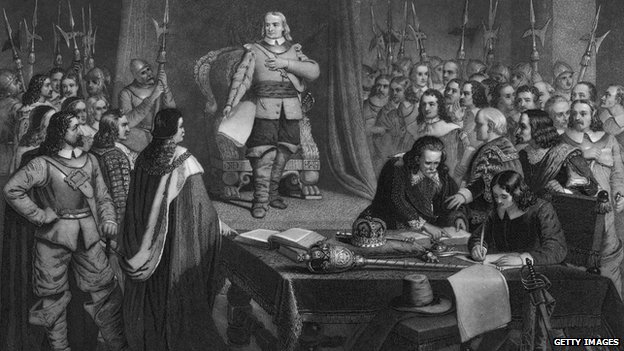Tag: politics

Dans AlgorithmWatch: Why neofascists love AI (11 oct. 2022)
Josephine Lulamae interviewed me in the website of the NGO AlgorithmWatch about the a trend in European far-right policy: the… read more Dans AlgorithmWatch: Why neofascists love AI (11 oct. 2022)

De quoi une plateforme (numérique) est-elle le nom ?
Est-ce que le mot “plateforme” est adapté pour décrire ce qui se passe dans l’économie numérique des dernières années ?… read more De quoi une plateforme (numérique) est-elle le nom ?
![[Séminaire #ecnEHESS] Une Déclaration des Droits pour internet ? (Juan Carlos De Martin, 19 juin 2017, 17h)](https://www.casilli.fr/wp-content/uploads/2017/06/BillofRightsInternet.png)
[Séminaire #ecnEHESS] Une Déclaration des Droits pour internet ? (Juan Carlos De Martin, 19 juin 2017, 17h)
NB ⚠️ A cause d’un retard important sur la ligne TGV, le séminaire #ecnEHESS avec le prof. De Martin a… read more [Séminaire #ecnEHESS] Une Déclaration des Droits pour internet ? (Juan Carlos De Martin, 19 juin 2017, 17h)

A Semantic Desublimation of Donald Trump’s Handshake
(To be read at full speed, with frequent sniffings and a thick Žižek accent). There’s something quasi-paranoid about the… read more A Semantic Desublimation of Donald Trump’s Handshake
Florilège de textes sur trolling, vandalisme et discorde en ligne
Hello folks, vous êtes sans doute arrivés ici après mon interview avec Vinvin et Jean-Marc Manach au Vinvinteur (épisode 28… read more Florilège de textes sur trolling, vandalisme et discorde en ligne

Who are the #anarcoinsultazionisti? Insurgent trolling and the politics of discord on Twitter
[Scroll down for French translation] Are Italian trolls uniting to oust celebrities from Twitter? At least one may think so… read more Who are the #anarcoinsultazionisti? Insurgent trolling and the politics of discord on Twitter
Slides du séminaire EHESS d'Antonio Casilli “Contre l’hypothèse de la fin de la vie privée” (20 nov. 2012)
La première séance du séminaire EHESS d’Antonio Casilli “Étudier les cultures du numérique : approches théoriques et empiriques” de cette année universitaire aura lieu le mardi 20 novembre 2012 de 17 h à 19 h (EHESS, salle 5, 105 bd Raspail 75006 Paris). Titre : “Contre l’hypothèse de la ‘fin de la vie privée’ sur les médias sociaux : négociabilité et cyclicité de la privacy”.
Censorship and social media: some background information
Some background information about Casilli & Tubaro’s study “Social Media Censorship in Times of Political Unrest – A Social Simulation Experiment with the UK Riots” (published in the journal Bulletin of Sociological Methodology, vol. 115, n. 1). Author’s bios, free version of the text, videos and simulations.
Trollarchy in the UK: the British Defamation Bill and the delusion of the public sphere
[UPDATE 26.06.2102: A French version of this post is now available on the news website OWNI. As usual, thanks to… read more Trollarchy in the UK: the British Defamation Bill and the delusion of the public sphere
La simulation sociale pour combattre la censure : texte de ma conférence à TEDxParisUniversités
[UPDATE 05.06.2102: La vidéo de mon talk est désormais en ligne sur le site Web des conférences TED. Enjoy &… read more La simulation sociale pour combattre la censure : texte de ma conférence à TEDxParisUniversités